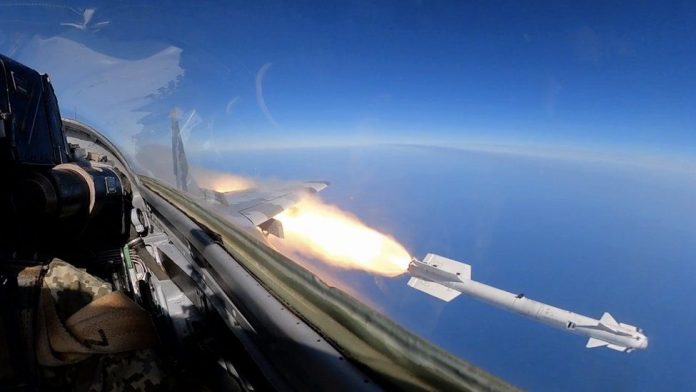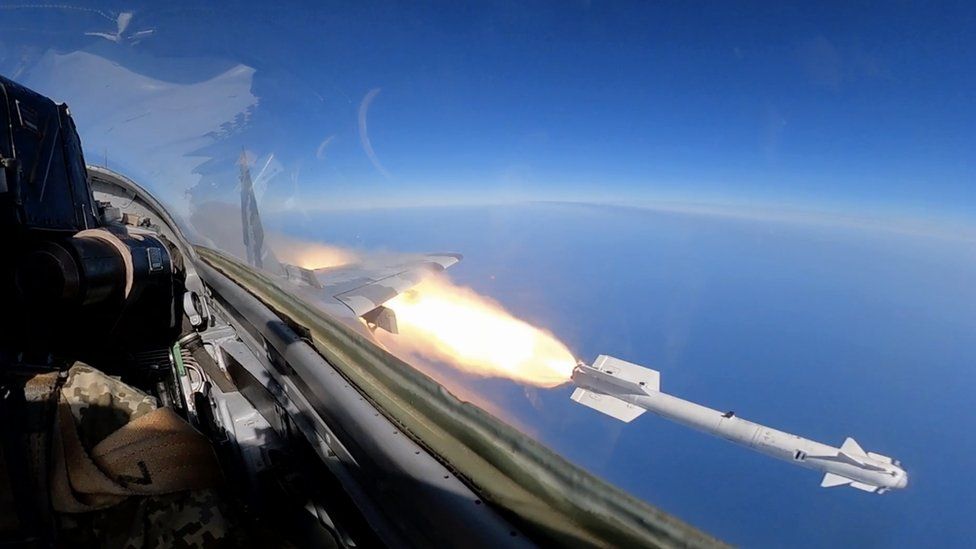
A Soviet MiG-29 dives low over Zaporizhia, dropping two American bombs onto a key Russian crossing is not a Cold War thriller movie plot, but video footage released only recently. In the never-ending chess game that is Ukraine’s war, imagination and creativity have been as deadly as any missile. Ukraine’s invasion of the air bombardment, recorded and analyzed through open-source media, is more than a tactical victory; it’s an instructional to learn how to marry Western precision with classic Eastern hardware.
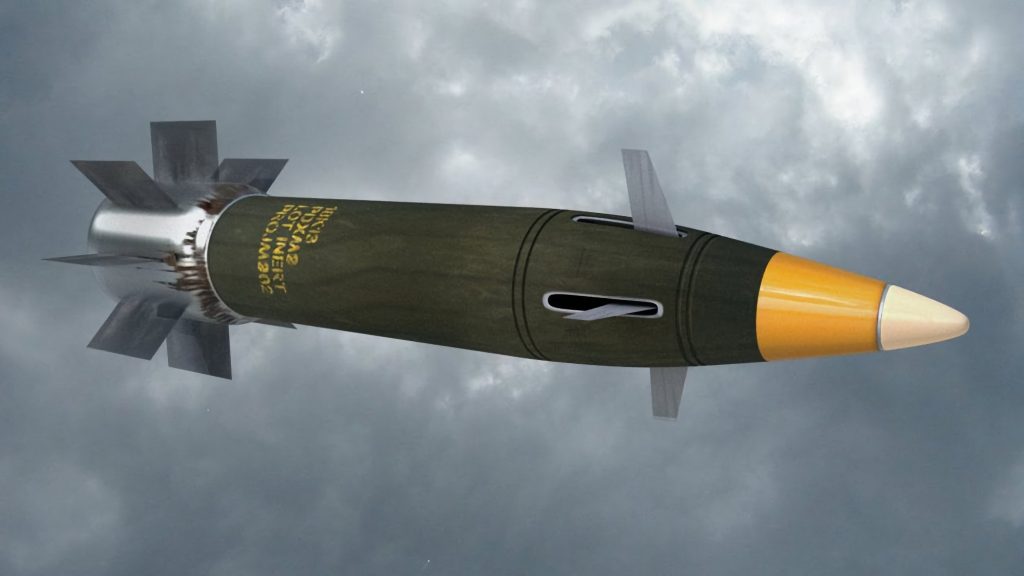
For defense technology enthusiasts and military tacticians, the Zaporizhia raid is a preview of the new art of modern air warfare. From GPS-guided missiles on Soviet aircraft to targets at critical logistics supply lines, the Ukrainian air force is redefining the playbook for front-line disruption. These are seven of the most intriguing innovations and tactics behind the high-stakes operations in 2025.
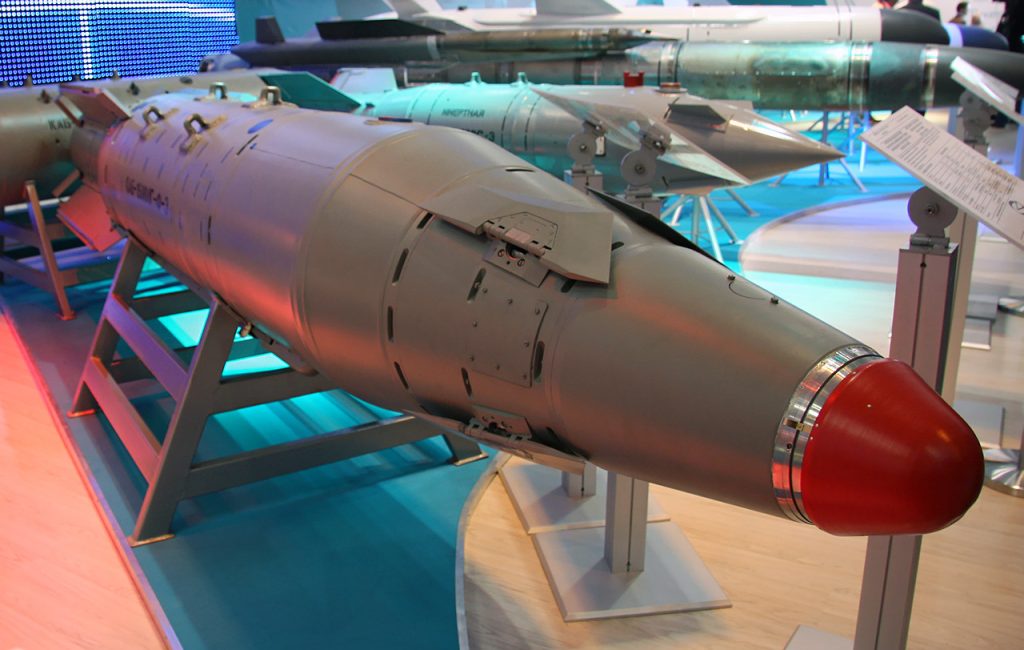
1. Soviet Jets, Western Bombs: The Unlikely Alliance
Ukraine’s upgrading of Soviet MiG-29s and Su-27s to carry American GBU-62 JDAM-ER and GBU-39 SDB bombs is an engineering miracle and necessity. MiG-29, which was originally intended to carry Soviet weapons, now carries NATO-standard precision-guided bombs after thorough pylon, avionic, and mission computer refurbing. Army Recognition states that the conversion did not just mean physical modifications but also new software as well as prolonged pilot training, which sometimes involved Western experts.
The dividend: Ukraine’s air force can attack with accuracy well behind enemy lines with Western technology without awaiting the replacement of an entire fleet. This half-way policy is now a signature of Ukraine’s new airpower.
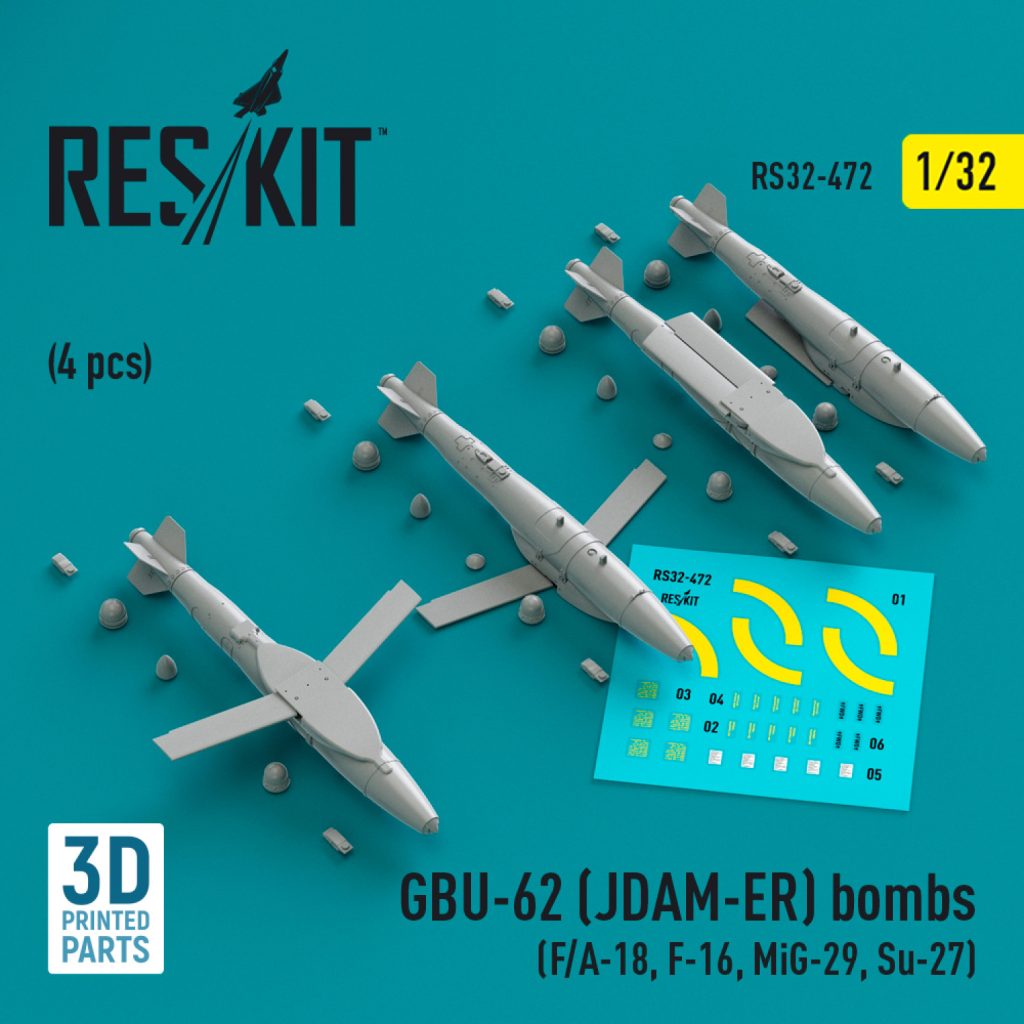
2. The GBU-62 JDAM-ER: Precision and Range Redefined
The Boeing GBU-62 JDAM-ER converts the mundane Mark 84 bomb into standoff ordnance with a maximum range of up to 45 miles due to its pop-out wings and GPS/INS guidance. It enables Ukrainian pilots to engage key targets while being outside Russian air defense envelopes. As The Aviationist explains, the pilots employ lofting tacticssteep initial climb before releaseto achieve maximum survivability and range.
Forbes’ David Axe had dubbed the GBU-62 a “killer,” and newly available video evidence out of Zaporizhia validates its deadliness. Wreckage of a Russian strategic crossing point south of Vasylivka, achieved at the cost of only two bombs, shows how precise ordnance can freeze logistics with few sorties.
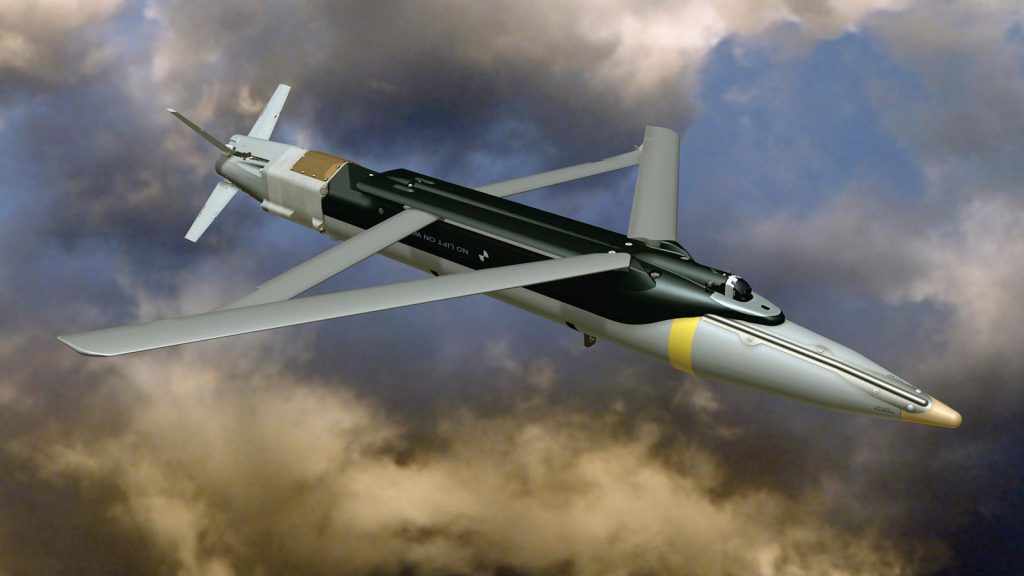
3. GBU-39 Small Diameter Bombs: Stealth and Lethality
130 kg GBU-39 SDB is low collateral damage and very precise. As the bombs are quite small, aircraft can release multiple bombs within a single mission, and through fold-out wings, standoff attack at a distance of 110 kilometers is ensured. Militarnyi notes that these bombs have been utilized to strike Russian drone command posts and pillbox targets, the latter usually at low elevation to remain unnoticed.
With a 90% success rate, as reported, against Russian electronic warfare countermeasures, the GBU-39 is now the favorite among Ukrainian pilots as they attempt to halt enemy resources with minimal risk.

4. Targeting the Arteries: Logistics Warfare in Action
The attack last month in Zaporizhia was not merely a display of firepower, was a deliberate hit at Russian logistics. By destroying an ad-hoc crossing that was the sole asphalt connection for Russian forces around Kamianske, Ukraine has compelled its opponent to go out of its way to reroute supplies and reinforcements. Militarnyi described the crossing as a “vital artery,” and its elimination is guaranteed to interfere with Russian attacks and tax frontline operations.
This strategy of attacking bridges, hangars, and command centers is one of the components of a larger operational strategy for breaking up the enemy’s tempo of operations. Precise bombing now regularly breaks up Russian supply lines and troop movements, amplifying the effect of each bomb that falls.
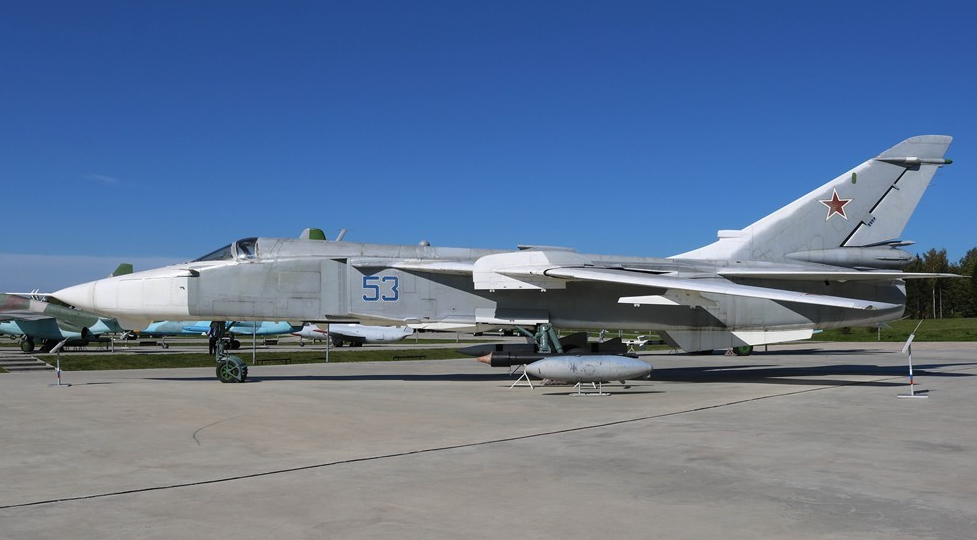
5. Engineering Triumphs: Converting Soviet Airframes to NATO Weapons
It never was a matter of plugging in and playing to stuff Western rounds onto Soviet planes. Ukrainian technicians have developed specialized pylons, adapters, and even one-off mission computers to bridge the technology gap between different platforms. Bulgarian Military documents that the Su-27’s hardpoints and avionics had to undergo a lot of work to support weapons such as the GBU-39 and JDAM-ER.
This technical development makes its way into software as well, with targeting and guidance interfaces that allow pilots to enter GPS coordinates and choose detonation modes. The success of such technologies is an indication of Ukraine’s potential to innovate in pressure and get the most out of its aging fleet.
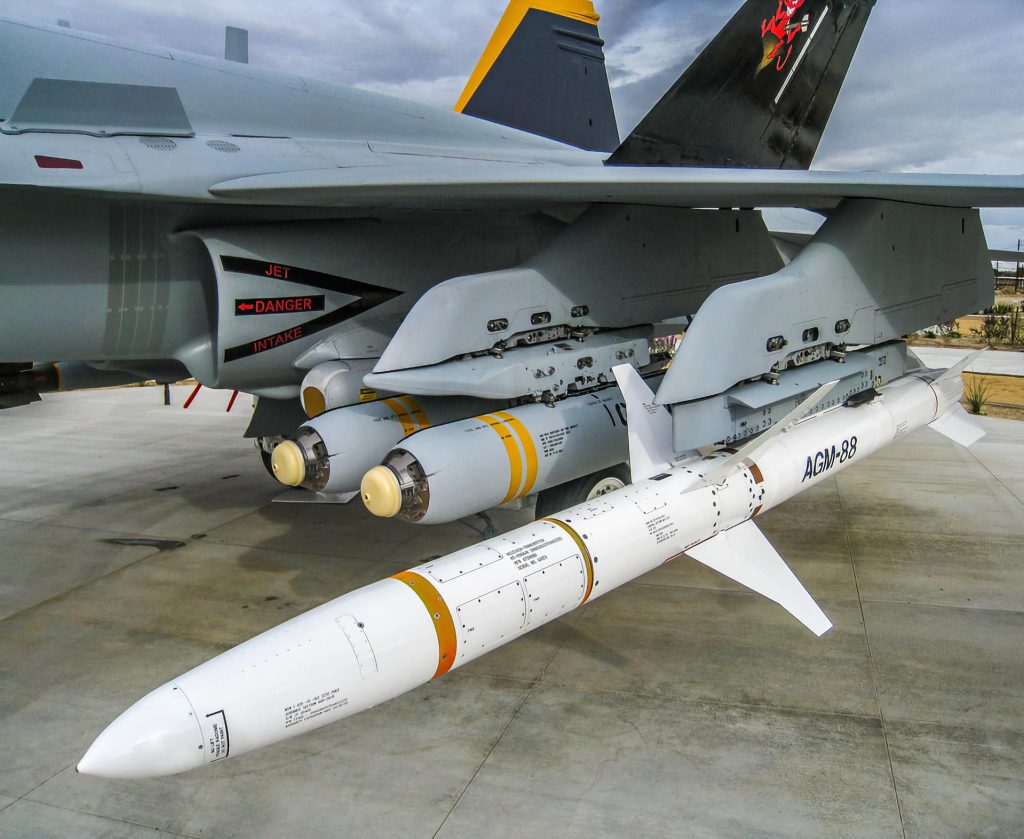
6. Countering Russian Air Defenses: Tactics and Technology
Ukrainian pilots use low-level entry, steep climb, and standoff launch to bypass increasingly sophisticated Russian air defenses. Suppression of Enemy Air Defenses AGM-88 HARM missiles have been a bonus but Russian pilots have adapted by shutting off radars to evade targeting.
Later video reveals MiG-29s and Su-27s dropping missiles and bombs at ranges outside of Russian defenses, sometimes following initial bombing of air defense installations. Layeringsuperimposing electronic warfare, decoys, and guided ordnanceis what has allowed Ukraine to apply pressure to Russian forces even in the face of contested skies.
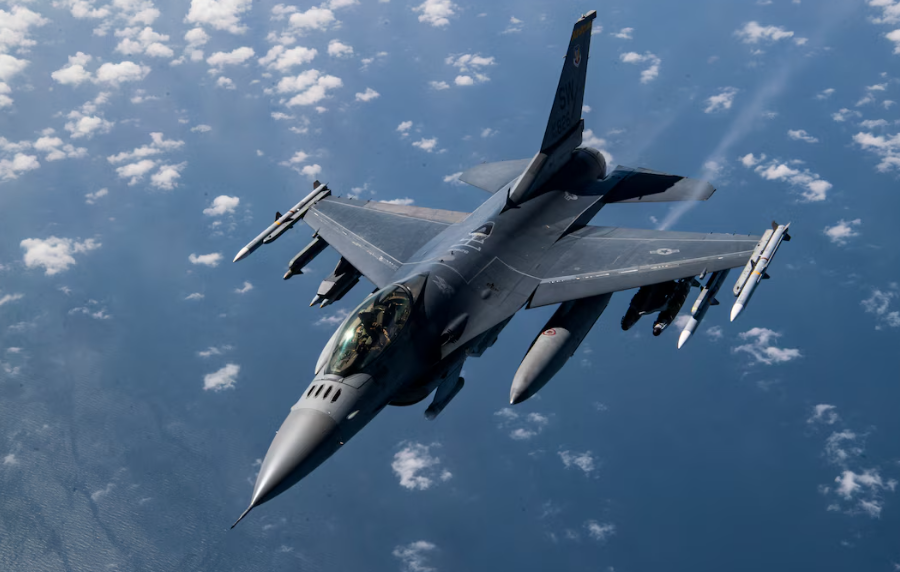
7. The Road Ahead: Domestic Innovation and F-16 Integration
With decreasing stores of Western bombs and the crushing Russian numerical advantage in weaponry, Ukraine is now working on JDAM-style guidance kits for Soviet bombs. According to Defense Mirror, local kits will match the accuracy and range of their American counterparts, with tests in the pipeline. Concurrently, the impending deployment of F-16s, backed by NATO allies, will further increase the precision strike capabilities of Ukraine. The emerging Ukrainian air force will consist of legacy systems, Western fighters, and indigenous technology in a truly hybrid inventory.

The Zaporizhia airstrike is a viral video, but it’s more than thatit’s a testament to the viciousness of adaptability and technical proficiency fueling Ukraine’s air campaign in 2025. Through the marriage of Soviet heritage and Western precision, striking logistics with surgical accuracy, and testing the limits of what aged planes can accomplish, Ukraine is rewriting the template for contemporary air warfare. To defense tech enthusiasts and military strategists, these developments are not tactical afterthoughts, are signs of a rapidly evolving battle space where innovation, not just hardware, determines victory.
